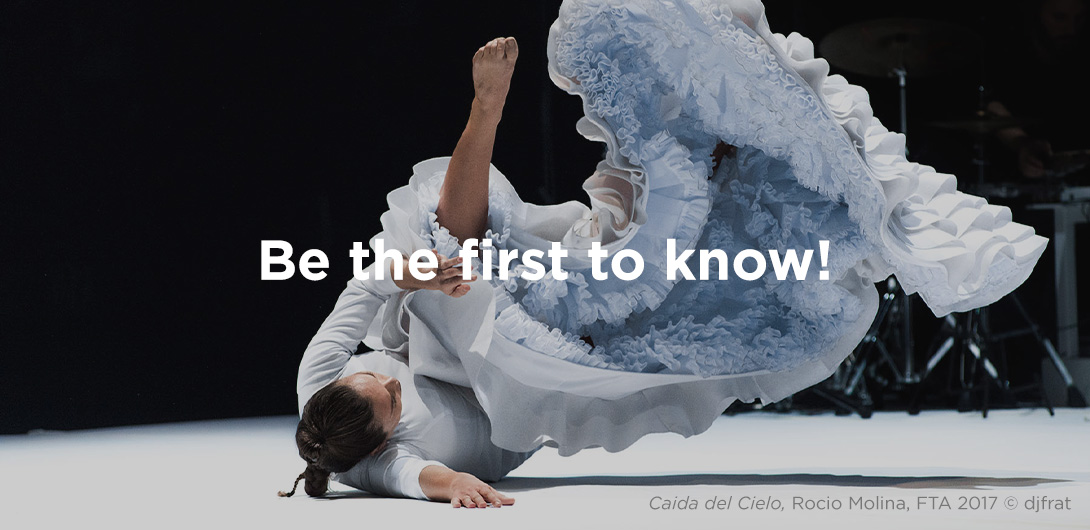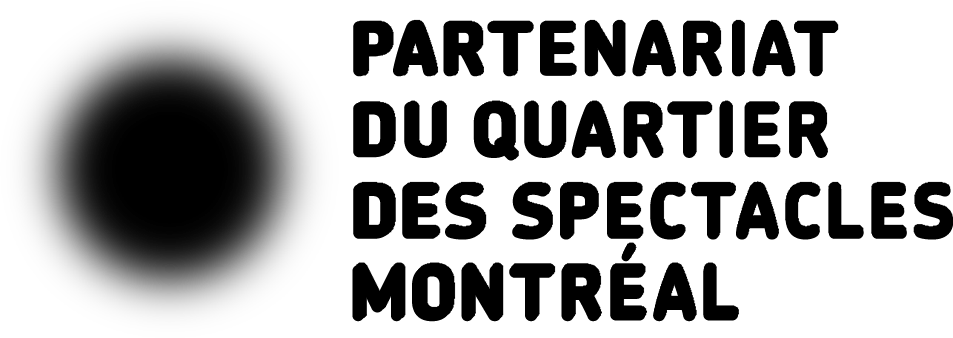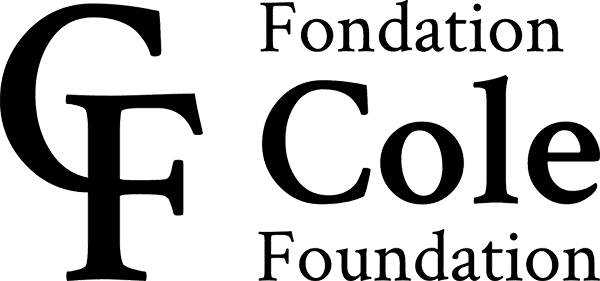Qaumma (laboratoire)
In this first draft, co-authored with Vinnie Karetak, the prodigious Inuk artist Laakkuluk Williamson Bathory address the forced displacements that uprooted their ancestors and colour their collective memory.
Iceberg of Light
The prodigious Inuk artist Laakkuluk Williamson Bathory grounds her creative work in the practice of uaajeerneq, the traditional Greenland mask dance passed on to her by her mother. Irreverent and decolonial, this tradition mingles explorations of sexuality, laughter, and dread. In this first draft of Qaumma, co-authored with Vinnie Karetak, the artists from Iqaluit address the forced displacements that uprooted their ancestors and colour their collective memory.
The spectators are gathered around an iceberg evoking the beauty of Nunavut, where people interact with a natural environment that is generous and nurturing in its coldness. Signifying light in Inuktitut, “qaumma” echoes the fire that Inuit women keep burning to protect their family. In their sculptural theatre, the artists recount how Inuit families find light despite social fragmentation, sculpting their own space—marred by centuries of colonization—with the help of their language, their guts, their culture.
Produced by Vinnie Karetak + Laakkuluk Williamson Bathory
Created and performed by Vinnie Karetak + Laakkuluk Williamson Bathory
Music Aqqalu Berthelsen
Lighting Design Catherine FP
Sound Design Jean Gaudreau
Coproduced by Festival TransAmériques
Co-presented by VOX, centre de l’image contemporaine with the support of The Cole Foundation
Written by Catherine Girardin
Translated by David Dalgleish + Maude Labelle
Premiered at Festival TransAmériques, Montreal, on June 5, 2022
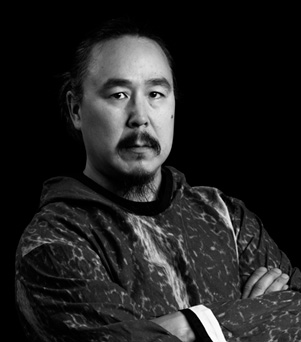
Vinnie Karetak (Iqaluit)
Vinnie Karetak is a cultural icon in Inuit Nunangat. His face is instantly recognized by Inuit young and old for his work in comedy, journalism, performing arts, theatre and film.
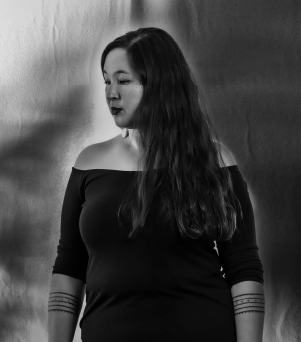
Laakkuluk Williamson Bathory (Iqaluit)
Of Greenlandic descent, Laakkuluk Williamson Bathory was born in Saskatoon. She has lived in Iqaluit since 2004. The need to uphold the founding stories of her culture against the ravages of colonialism is intrinsic to her artistic practice, which she has continuously diversified and transformed for over thirty years.
